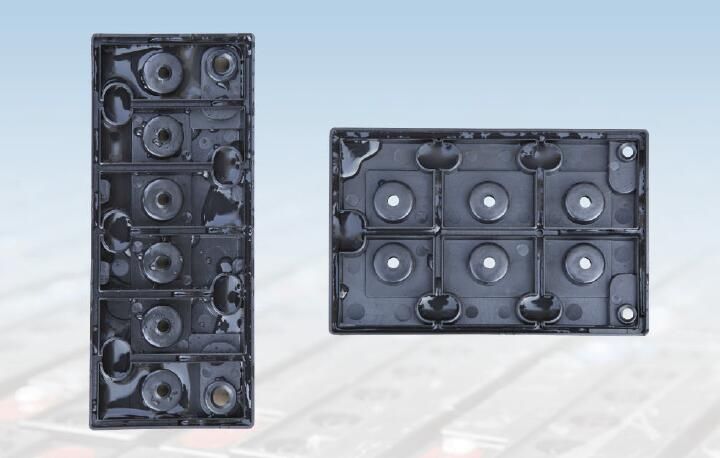Sealing is a crucial step in the production of lead-acid batteries, directly affecting their performance, safety, and lifespan. Among the commonly used sealing methods, gel sealing and heat sealing offer distinct advantages and are selected based on specific application requirements.
1. Gel Sealing: Features and Applications
Gel sealing involves using a specialized adhesive or sealant to create an airtight bond between battery components. This method provides excellent chemical resistance and mechanical stability, ensuring long-term performance.
Advantages:
- Good flexibility: Absorbs vibrations and mechanical stresses.
- Chemical resistance: Protects against acid leakage and corrosion.
- Easier maintenance: Can be re-applied in some cases for repair.
Common Applications:
- Industrial backup power systems.
- Renewable energy storage solutions.
- Large-capacity OPzV and GEL batteries.
2. Heat Sealing: Features and Applications
Heat sealing uses thermal energy to fuse plastic components, ensuring a secure and leak-proof closure. This method is widely used for sealed maintenance-free batteries (VRLA) due to its strong structural integrity.
Advantages:
- Highly reliable: Creates a permanent, tamper-proof seal.
- Efficient for mass production: Automated processes improve consistency.
- Better acid containment: Reduces the risk of electrolyte leakage.
Common Applications:
- Automotive batteries.
- Uninterruptible Power Supply (UPS) systems.
- Compact VRLA batteries for telecom and data centers.
Choosing the Right Sealing Method
The decision between gel sealing and heat sealing depends on several factors:
- Application environment: Harsh environments favor gel sealing, while compact designs benefit from heat sealing.
- Production efficiency: Heat sealing is preferred for mass production.
- Maintenance needs: Gel sealing offers easier reworkability.
Ultimately, manufacturers must balance performance, cost, and application requirements to select the most suitable sealing technique.


